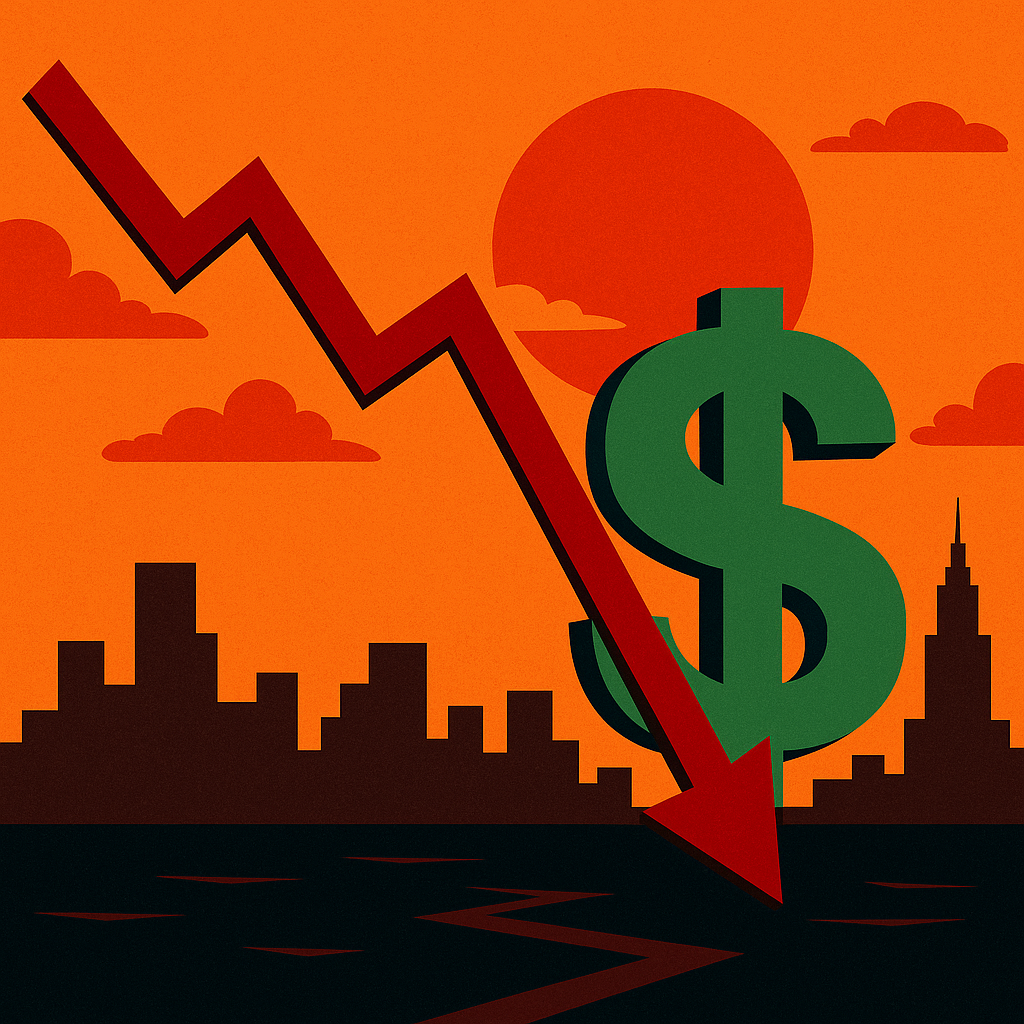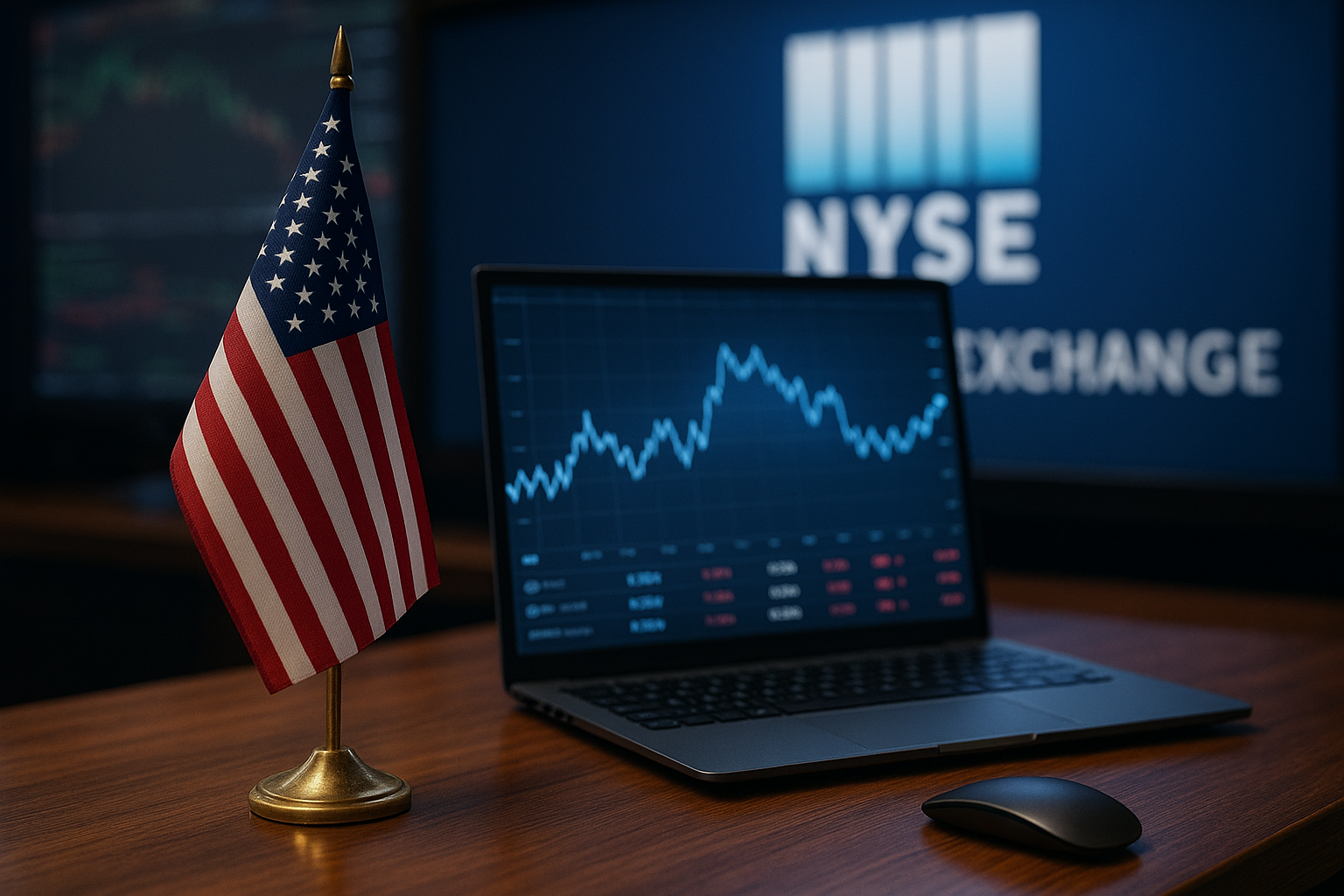Wall Street may be poised for a seasonal storm. Global investment bank UBS is cautioning investors to prepare for a volatile summer in U.S. equities, citing a convergence of elevated valuations, slowing economic momentum, and mounting geopolitical uncertainty. In a recent note to clients, UBS suggests that a tactical rotation out of overvalued growth stocks into defensive sectors—such as healthcare, utilities, and consumer staples—may be the smart play to weather the months ahead.
This projection lands amid a market backdrop defined by record-high S&P 500 valuations, persistent inflation concerns, and increasing global tension, particularly in trade and monetary policy. While certain corners of the tech sector, especially AI-related stocks, may still offer alpha, UBS’s broader guidance suggests a more cautious, risk-moderated approach through summer 2025.
Elevated Valuations + Economic Soft Spots = Recipe for Swings
According to UBS strategists, the S&P 500’s forward price-to-earnings (P/E) ratio remains above 21—well above its 10-year average of 17–18. At the same time, leading indicators like the ISM Manufacturing Index and consumer sentiment data are painting a picture of an economy that’s losing steam.
“The market is pricing in a near-perfect soft landing scenario,” said UBS strategist Mark Haefele. “But with earnings growth decelerating and macro data sending mixed signals, we expect choppier trading through the summer months.”
Indeed, recent readings from the Conference Board’s Leading Economic Index (LEI) fell for the third straight month, and consumer credit delinquencies have crept upward—a potential sign of underlying stress.
Geopolitical Friction and Rate Path Uncertainty Add Fuel
UBS also points to geopolitical risk—including uncertainty around upcoming U.S. elections, renewed trade tensions with China, and instability in Eastern Europe—as potential volatility catalysts. Meanwhile, the Fed’s rate path remains highly data-dependent. Although markets have priced in two rate cuts by Q4 2025, sticky inflation or labor market surprises could derail those expectations.
“The risks to a dovish pivot are still very real,” said Haefele. “If rate cuts are delayed or geopolitical events disrupt global markets, volatility could spike fast.”
VIX futures—Wall Street’s so-called “fear gauge”—have already begun to show modest upward momentum after months of historic lows.
Why This Matters for Investors
The key takeaway from UBS’s outlook is clear: don’t chase stretched growth stocks into summer. Instead, investors may be wise to rotate capital toward defensive sectors that offer relative stability in turbulent conditions.
- Healthcare has historically outperformed in late-cycle environments, with companies like Johnson & Johnson, UnitedHealth, and Pfizer maintaining consistent earnings and dividend strength.
- Utilities, often viewed as bond proxies, offer steady cash flows and inflation-resistant pricing power—though interest rate sensitivity must be managed.
- Consumer staples (think Procter & Gamble, Coca-Cola, PepsiCo) tend to remain resilient during economic slowdowns, buoyed by non-cyclical demand.
At the same time, UBS maintains a selective bullish stance on AI infrastructure and software stocks, especially those with robust free cash flow and diversified exposure across cloud and enterprise markets.
Future Trends to Watch
1. Rotation Indicators
Watch for increased fund flows into defensive ETFs like XLP (Consumer Staples), XLU (Utilities), and XLV (Healthcare) as signs that institutional money is repositioning.
2. Earnings Season Volatility
With Q2 earnings season approaching, weaker-than-expected results—especially from overbought tech names—could trigger sharp drawdowns.
3. Interest Rate Surprises
Any deviation from the Fed’s expected trajectory (especially fewer than two cuts in 2025) could hit growth valuations hard.
Key Investment Insight
UBS’s forecast suggests that now may be the time for investors to rebalance portfolios—harvesting gains from high-flying tech names and reallocating into defensive equity sectors with more predictable earnings profiles. Adding diversification via sector-specific ETFs or dividend-focused funds can reduce downside exposure while maintaining long-term growth potential.
As always, macro uncertainty calls for discipline: stay agile, stay diversified, and monitor leading indicators closely.
For more timely and trusted market analysis, follow MoneyNews.Today—your daily edge in understanding what drives smart investing decisions.





